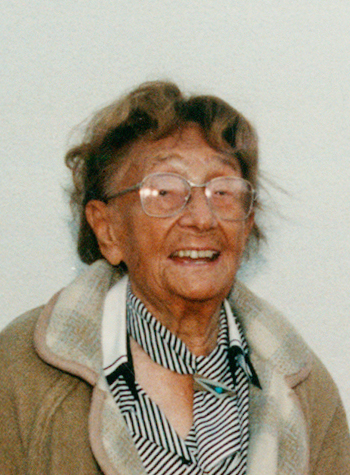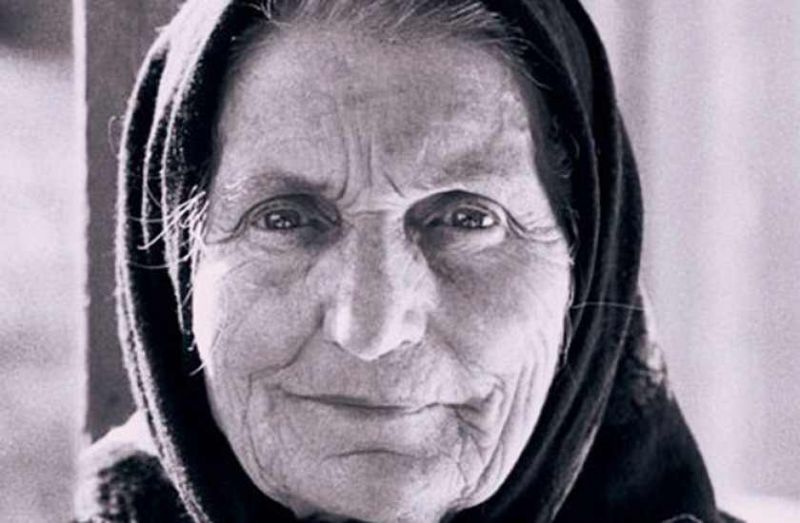
On October 18, 1962, the Nobel Prize in Medicine was awarded to three men, James Watson, Francis Crick and Maurice Wilkins, for the discovery of the double helix structure of DNA. However, this discovery was made possible by the research of Rosalind Franklin, a British chemist and pioneer of molecular biology, who formulated the DNA helical structure in an unpublished report.
In 1951, Rosalind Franklin took up a post at King’s College London and worked on the structure of DNA in collaboration with the physicist Maurice Wilkins. Through her research, she was the first to demonstrate the double helix structure of DNA.
Unfortunately, the relationship between her and her collaborator did not go well, Wilkins saw her more as an assistant and not as his equal. Her superior John Randall asked her to stop her work on DNA and to leave, demanding that the results of her work remain at King’s College. Wilkins gave access to Rosalind’s work to researchers Watson and Crick, without her agreement. On April 25 of that same year, James Watson and Francis Crick published their model of DNA structure in the journal Nature, without mentioning Rosalind Franklin. It was not until years later that this recognition would be given to her.
Like many women scientists, Rosalind Franklin was a victim of the Matilda Effect. The Matilda Effect is the result of sociological research carried out by American historian Margaret Rossiter. It is a phenomenon that reflects all the scientific discoveries made by women, but invisibilized in history in favor of those made by men.
Despite the fact that she was at the origin of this discovery, James Watson at first minimized Rosalind’s role in his book The Double Helix and described her as a grumpy person. It was only in 2003 that he finally acknowledged, during an interview, „that Rosalind Franklin also deserved the Nobel Prize”.




















